On March 15, the President signed the Full-Year Continuing Appropriations and Extensions Act of 2025, a full-year continuing resolution (CR) that (for the most part) maintains funding for the federal government through the rest of fiscal year 2025 at fiscal year 2024 levels. However, the bill contains several anomalies—differences from FY2024 funding levels—across departments and agencies that oversee critical federal wildfire programs.
The FY2025 full-year CR increases funding for Wildland Fire Management programs at the United States Forest Service (USFS) and the Department of the Interior (DOI). The USFS Wildland Fire Management program was appropriated $2.4 billion—an increase of 5% over last year’s levels—and the DOI Wildland Fire Management program was appropriated $1.8 billion—an increase of 2.5% over last year’s levels. Additionally, the USDA and DOI Wildfire Suppression Operations Reserve Fund were appropriated increased funding—$2.4 billion and $360 million, respectively—at the maximum statutory levels.
The FY2025 full-year CR also increased appropriations for federal disaster programs that will likely, at least in part, be used to respond to wildfires. The Disaster Relief Fund, the primary source of federal funding for disaster relief programs, was appropriated $22.5 billion on top of the $29 billion in supplemental funding appropriated in the December CR—a major increase compared to the combined $36.2 billion in regular and supplemental appropriations in FY2024. And there are still many opportunities for more supplemental funding this year, as FY2025 is far from over. The Small Business Administration Disaster Loans Program Account, which provides low interest loans to businesses and homeowners in declared disaster areas, was also appropriated more than double last year’s funding levels—$406 million, compared to $175 million last year.
However, for most programs, little appropriations information is available. As opposed to regular appropriations bills that contain detailed funding tables, CRs give agencies more authority to dictate spending at the program-level. For example, funding for USFS State, Private, and Tribal Forestry was decreased by 6.5% over FY2024 levels—$284 million compared to $303 million. The State, Private, and Tribal Forestry line item funds a number of activities related to federal wildfire management, including the State Fire Assistance and Volunteer Fire Assistance programs. It is unclear if this decrease in funding will impact these programs. Even for line items with unchanged appropriations levels—for example, USFS National Forest Service, which oversees Hazardous Fuels funding—there is no guarantee that funding will be allocated the same way it was last year.
More detailed appropriations information may become available later this year or be included in the President’s FY2026 budget request. But at the moment, details on how much wildfire-related activities across various federal agencies will get funded remain scant.

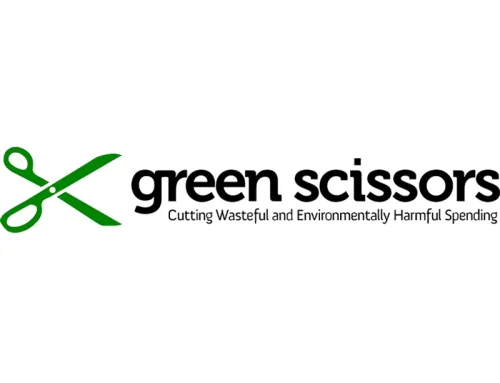

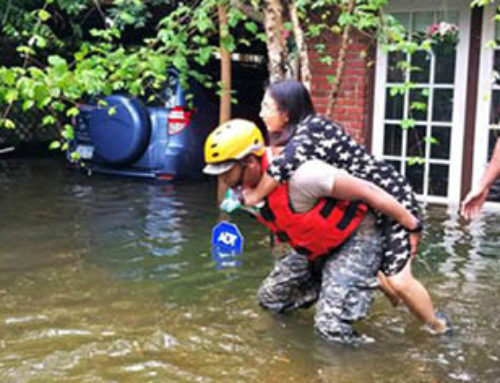



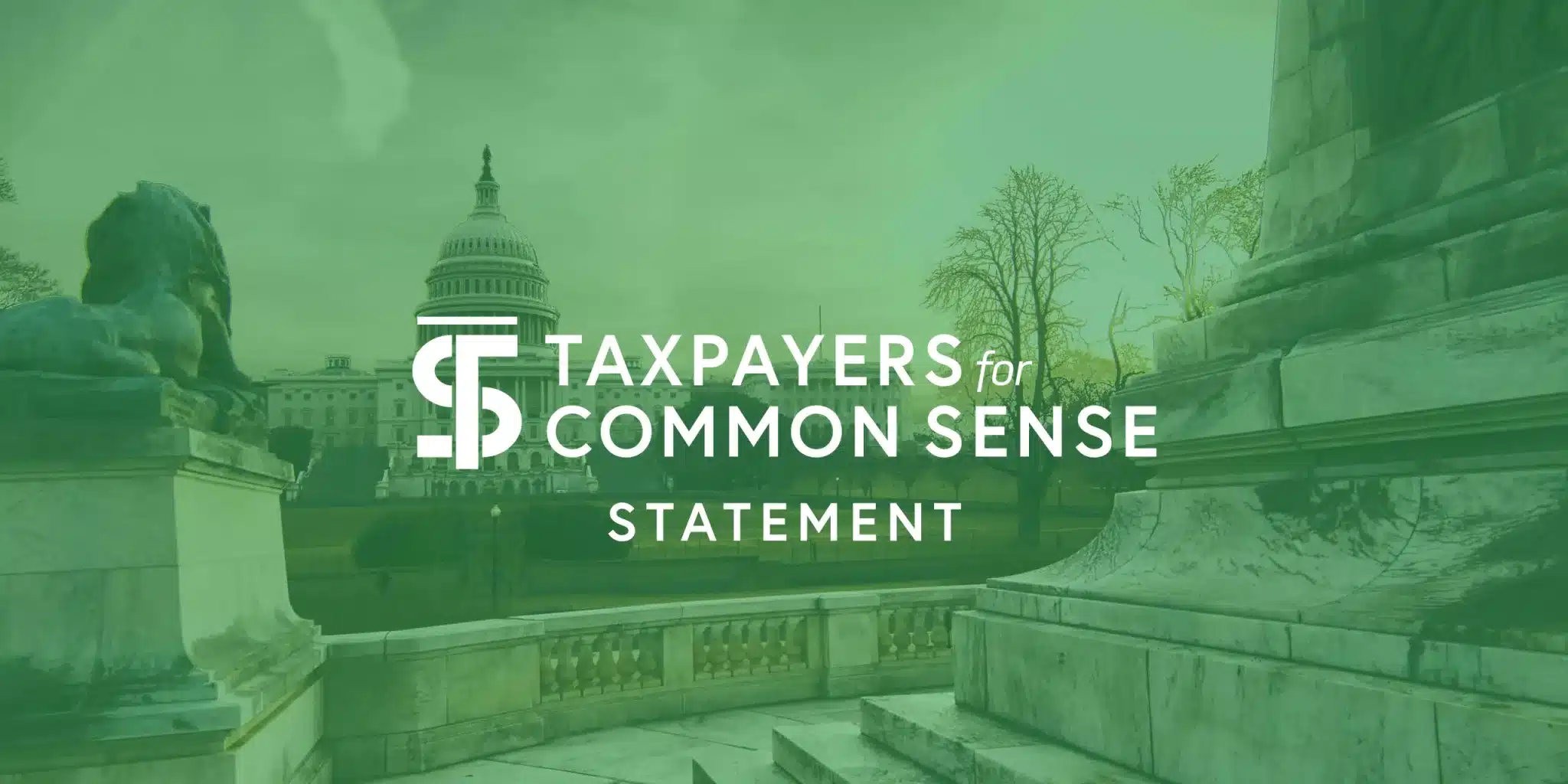

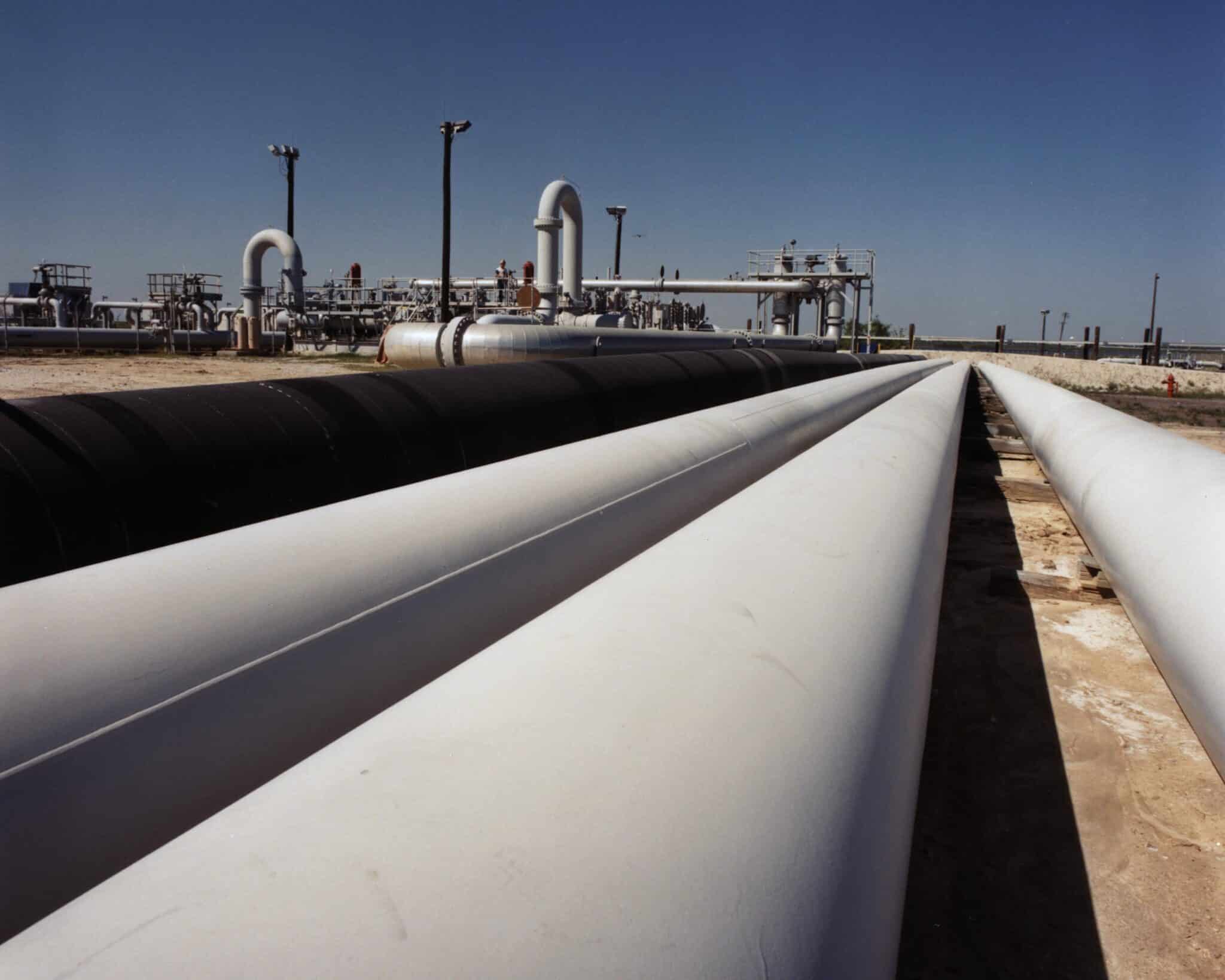
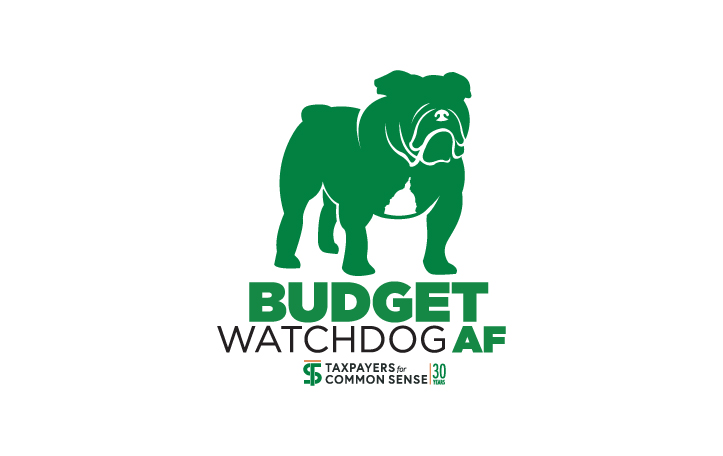
Get Social